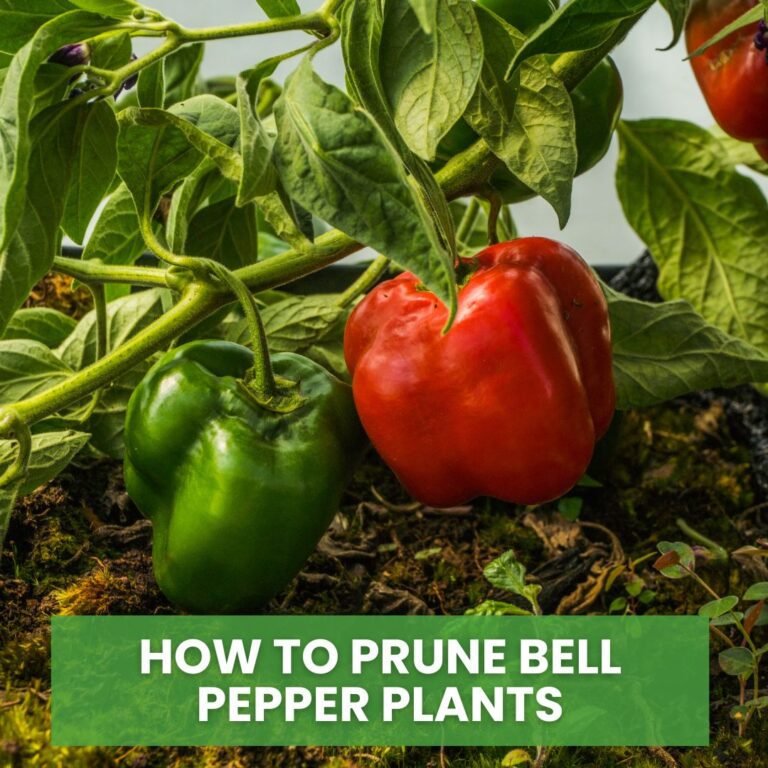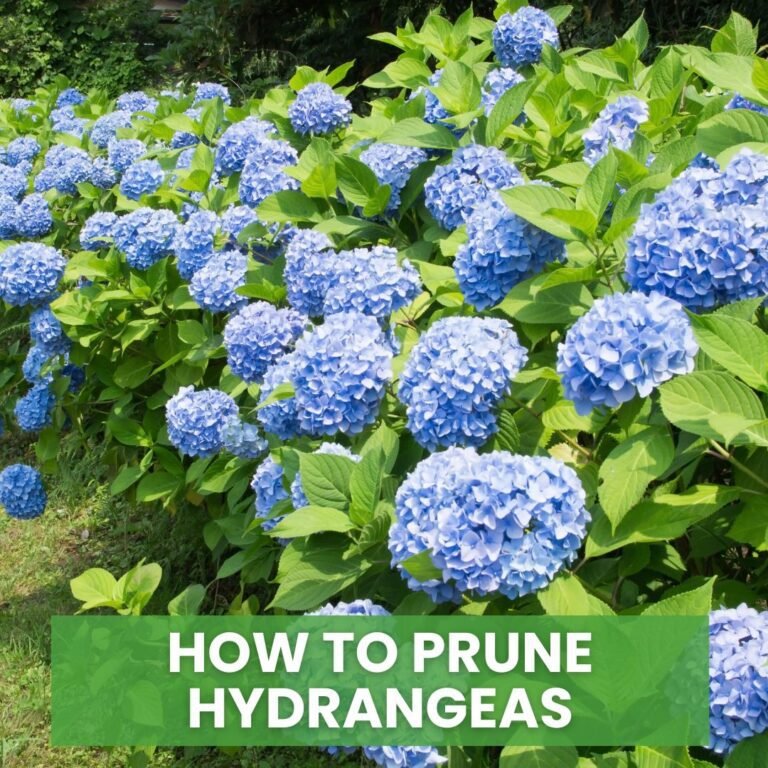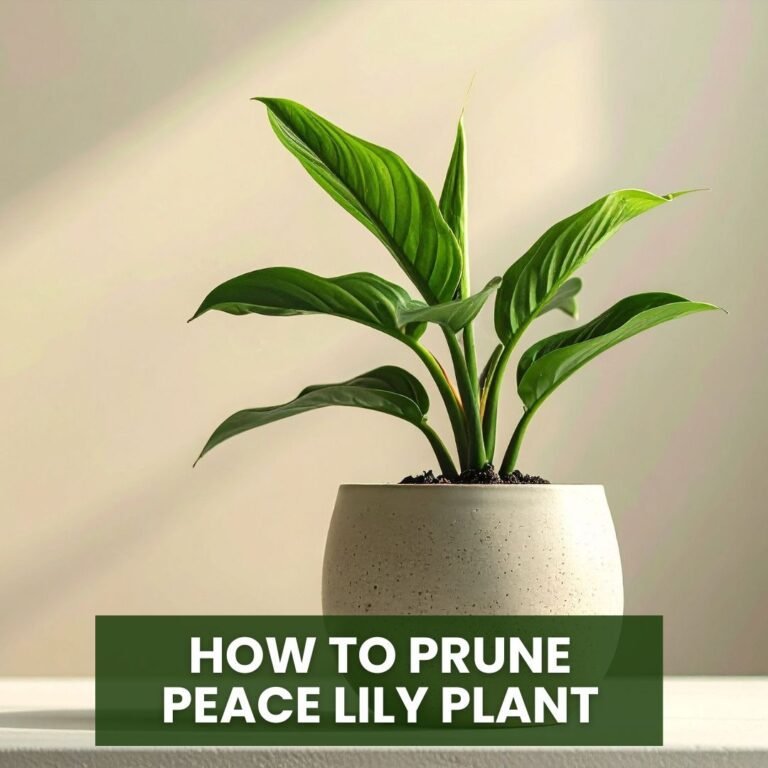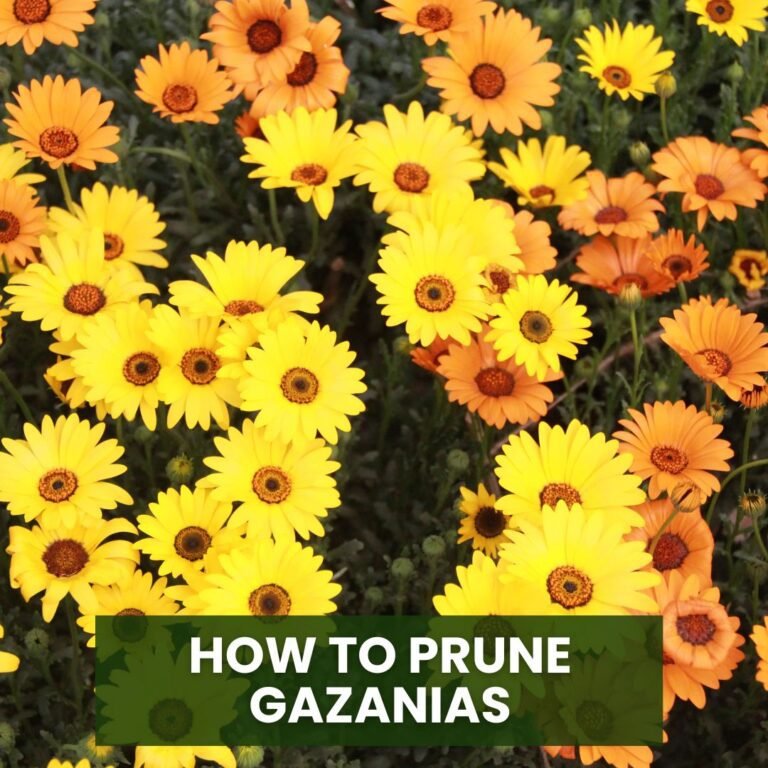Mastering Peppermint Pruning: Ultimate Guide to a Thriving Herb Garden
Peppermint is one of the most popular and versatile herbs grown in home gardens. Its fresh aroma, culinary uses, and health benefits make it a favorite among gardeners.
However, like any plant, peppermint requires proper care, and pruning is key to keeping it healthy, bushy, and productive.
In this guide, we’ll explore how to prune peppermint effectively, ensuring maximum growth and a fragrant harvest throughout the season.
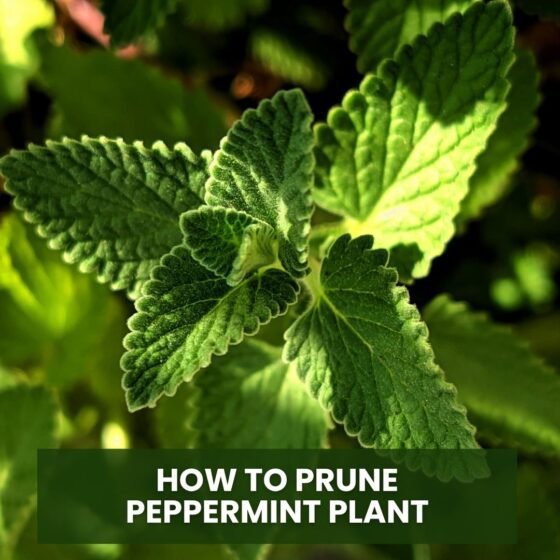
Understanding the Importance of Pruning Peppermint
Pruning peppermint is not just about keeping it tidy.
Regular trimming stimulates new growth, prevents the plant from becoming leggy, and improves airflow.
By removing older leaves and stems, you encourage stronger roots and healthier shoots, resulting in a more abundant harvest.
Proper pruning also keeps peppermint from spreading uncontrollably, as it tends to be a vigorous grower.
Best Time to Prune Peppermint
Knowing when to prune is essential for success. The ideal time is early spring, just as new growth begins, or mid-summer if you want a second harvest. Avoid pruning during the plant’s dormant phase in winter.
Trimming at the right time ensures the plant can recover quickly and produce flavorful leaves for your teas, dishes, or homemade oils.
Tools You’ll Need for Peppermint Pruning
Having the right tools makes pruning easier and safer for your plant. Use clean, sharp scissors or pruning shears to make precise cuts without damaging the stems. Avoid tearing or crushing the stems, as this can invite pests or diseases.
Regularly disinfect your tools with alcohol to maintain plant health.
Step-by-Step Method to Prune Peppermint
-
Start with the outer stems: Identify older stems that have become woody or faded. Cut these at the base to promote fresh growth.
-
Trim the tips: For ongoing harvest, snip the top 1–2 inches of healthy stems. This encourages branching and creates a fuller plant.
-
Remove flower buds: If your peppermint is flowering, pinch off buds to redirect energy into leaf production, enhancing flavor.
-
Thin crowded areas: Cut some stems in dense sections to improve air circulation, reducing the risk of mildew and pest infestations.
Each step ensures that your peppermint grows lusher, healthier, and more fragrant, making your garden both visually appealing and productive.
Techniques to Encourage Bushy Growth
A bushy peppermint plant is easier to harvest and more resilient. Try pinching back the tips regularly instead of only pruning once.
This constant light trimming stimulates side shoots, making the plant denser.
Another technique is harvesting strategically, always cutting above a pair of leaves. This method encourages regrowth in multiple directions, giving you a fuller, compact plant.
Pruning Potted Peppermint
Pruning peppermint in containers requires slightly different care. Since pots have limited soil, plants can become root-bound and stressed. Trim about one-third of the plant at a time to prevent shock.
Also, check for crowded roots and consider repotting every 1–2 years to maintain strong growth. Proper pruning in containers ensures vibrant leaves and continued productivity.
Seasonal Maintenance and Long-Term Care
Pruning isn’t a one-time task—it’s a seasonal habit. In spring, prune to remove winter-damaged stems.
During summer, trim lightly to sustain continuous harvests. In fall, clean up the plant by removing older growth to prepare it for winter dormancy.
This routine ensures your peppermint remains vigorous year after year, giving you flavorful leaves all season long.
Common Mistakes to Avoid While Pruning
Even experienced gardeners can make mistakes when pruning peppermint. Cutting too much at once can shock the plant and slow growth.
Avoid leaving long, leggy stems that reduce airflow and increase disease risk. Overlooking dead or yellow leaves allows pests to thrive.
Following correct pruning practices keeps your peppermint healthy, aromatic, and productive.
Maximizing Harvest After Pruning
After pruning, don’t waste the trimmed stems. You can use them fresh in teas, infusions, or culinary recipes, or dry them for later use. Regular pruning encourages more frequent harvests and keeps the plant in peak condition. By making the most of every cut, you benefit from a continuous supply of high-quality peppermint leaves.
Organic Tips for Peppermint Health
To complement pruning, consider organic fertilizers or compost to boost soil nutrients. Mulching around the base helps retain moisture and keeps roots cool. Proper watering ensures the plant doesn’t dry out after heavy pruning. Combining these techniques with smart pruning practices produces strong, fragrant, and abundant peppermint.
Final Thoughts
Pruning peppermint is a simple yet powerful way to ensure a thriving herb garden.
By trimming at the right time, using proper tools, and following seasonal care routines, you can maintain a bushy, healthy, and flavorful plant.
Remember, regular pruning not only enhances appearance but also maximizes harvest and keeps your peppermint productive all year.
With these tips, your garden will flourish, offering fresh, aromatic leaves for all your culinary and wellness needs.

